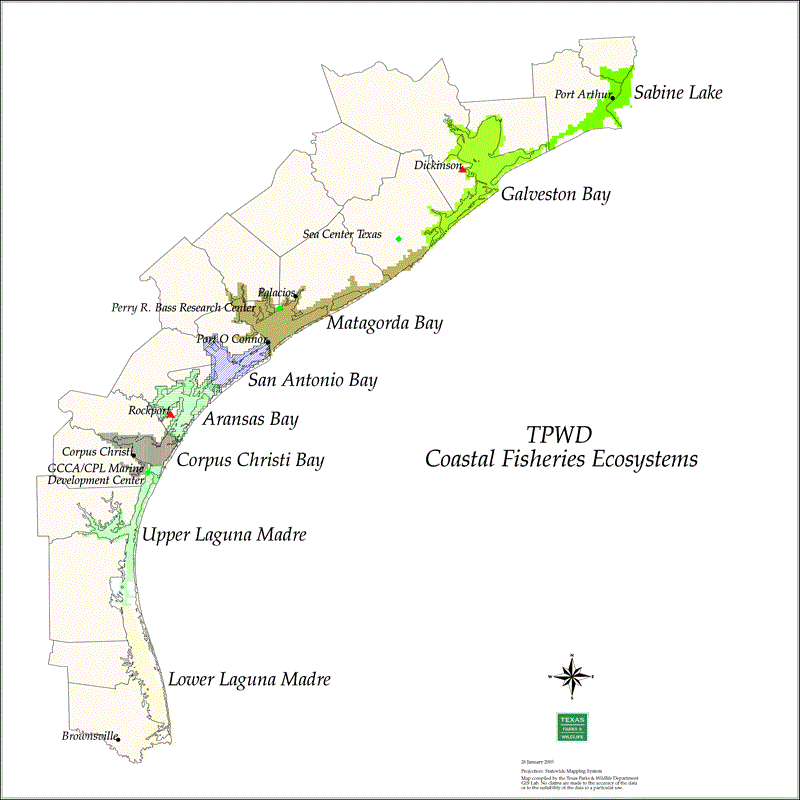Get to Know Coastal Fisheries
This is Passport to Texas
Texas Parks and Wildlife achieves its conservation and regulatory goals via input from its various divisions, including Coastal Fisheries.
We work mainly on the coast with saltwater fishing, conservation, habitat, wildlife, marine life – anything that’s along the coast.
Julie Hagen is social media specialist for Coastal Fisheries. Researchers from the division’s eight field offices do their work on the water.
They are going out into the bay systems, into the Gulf. And they’re monitoring our marine resources: the fish, the habitat… They’re constantly going out and doing surveys. And so, they’re testing the water for salinity; they’re gathering fish and different marine life, collecting their weight, their sizes, and their ages. We’re collecting all that data for a very large dataset that we use for marine monitoring resources.
Once collected, the data doesn’t languish on a spreadsheet collecting dust.
With all the data that we get, we can go back, and if we need to make any changes to the regulations—we can do that. For instance, we were seeing the flounder population decreasing over the past few decades. So, we made some changes, and we’re seeing the population go up.
Monitoring, surveys and adjusting regulations allows TPW to maintain healthy coastal ecosystems for all.
So, we’re constantly making sure that we have the right regulations in place so that we can still go out and fish, but that we’re also not harming the resource.
The Sport Fish Restoration Program support our series.
For Texas Parks and Wildlife…I’m Cecilia Nasti.



 Passport to Texas is a
Passport to Texas is a  Passport to Texas is made available by:
Passport to Texas is made available by: